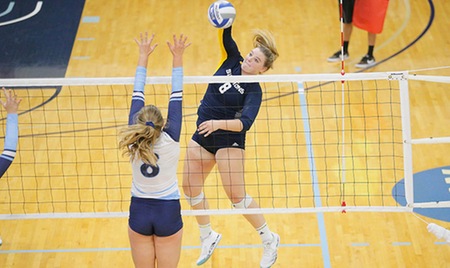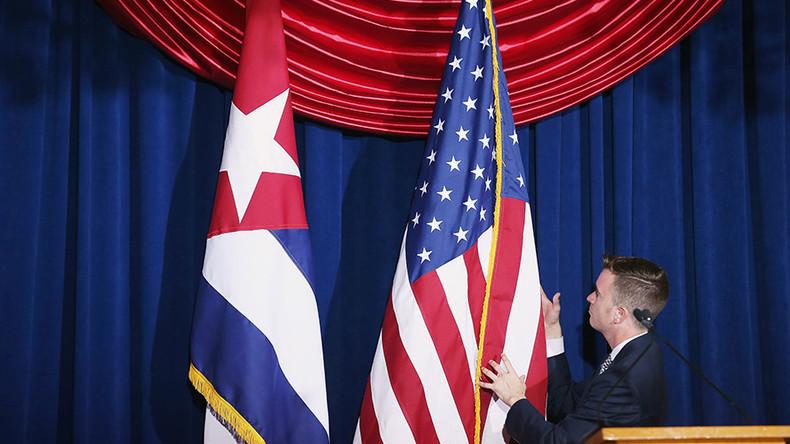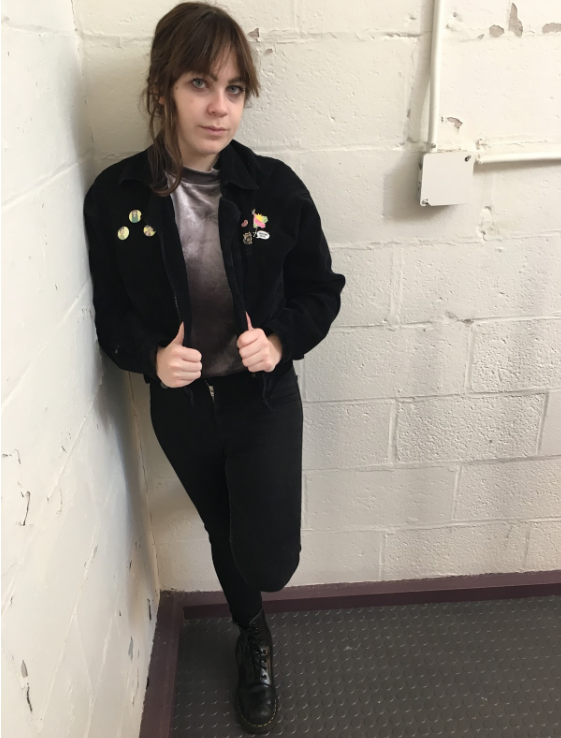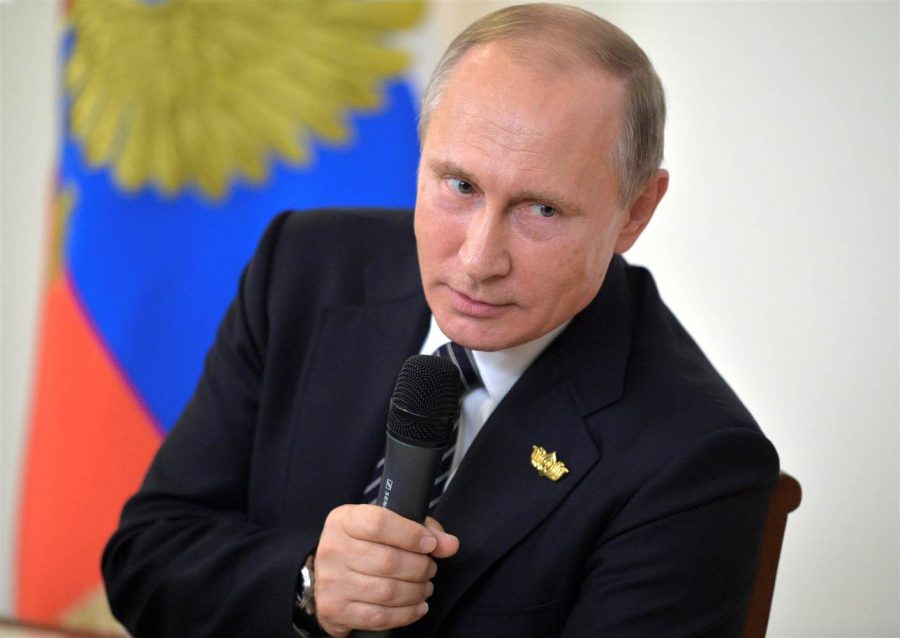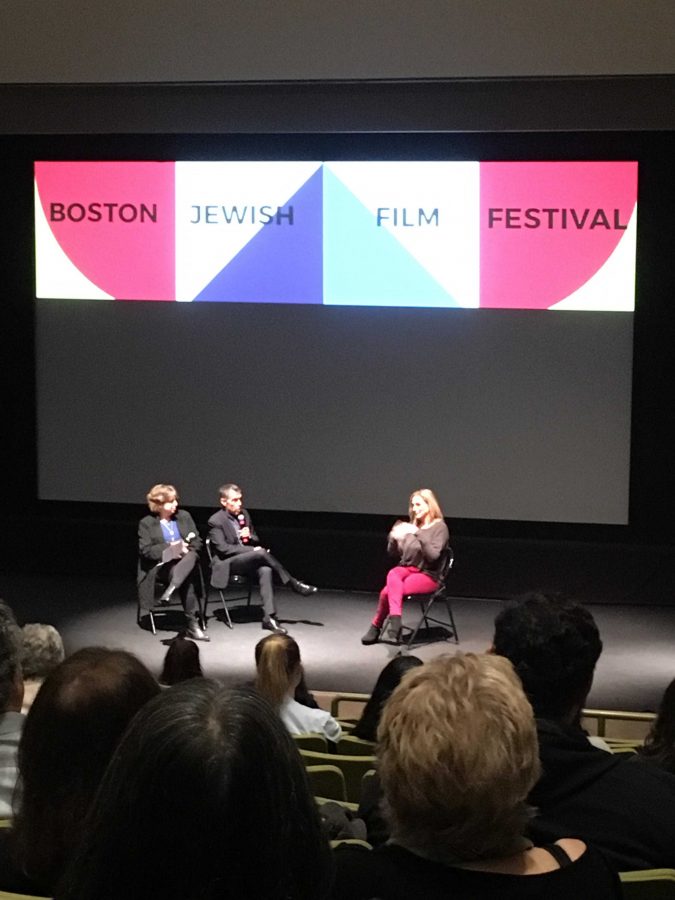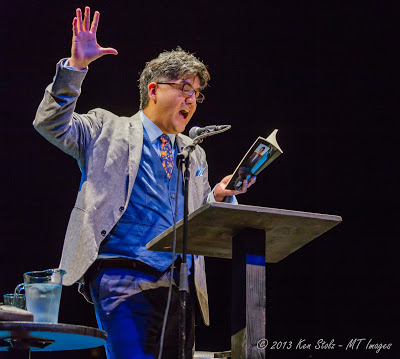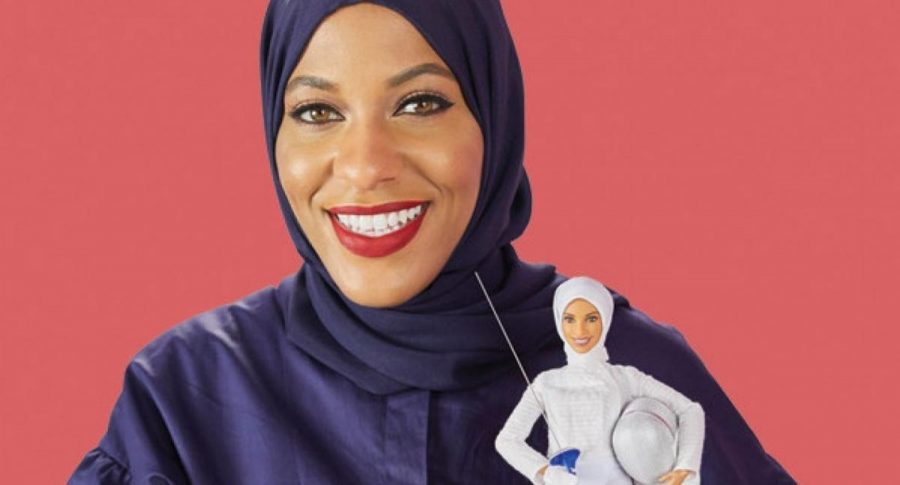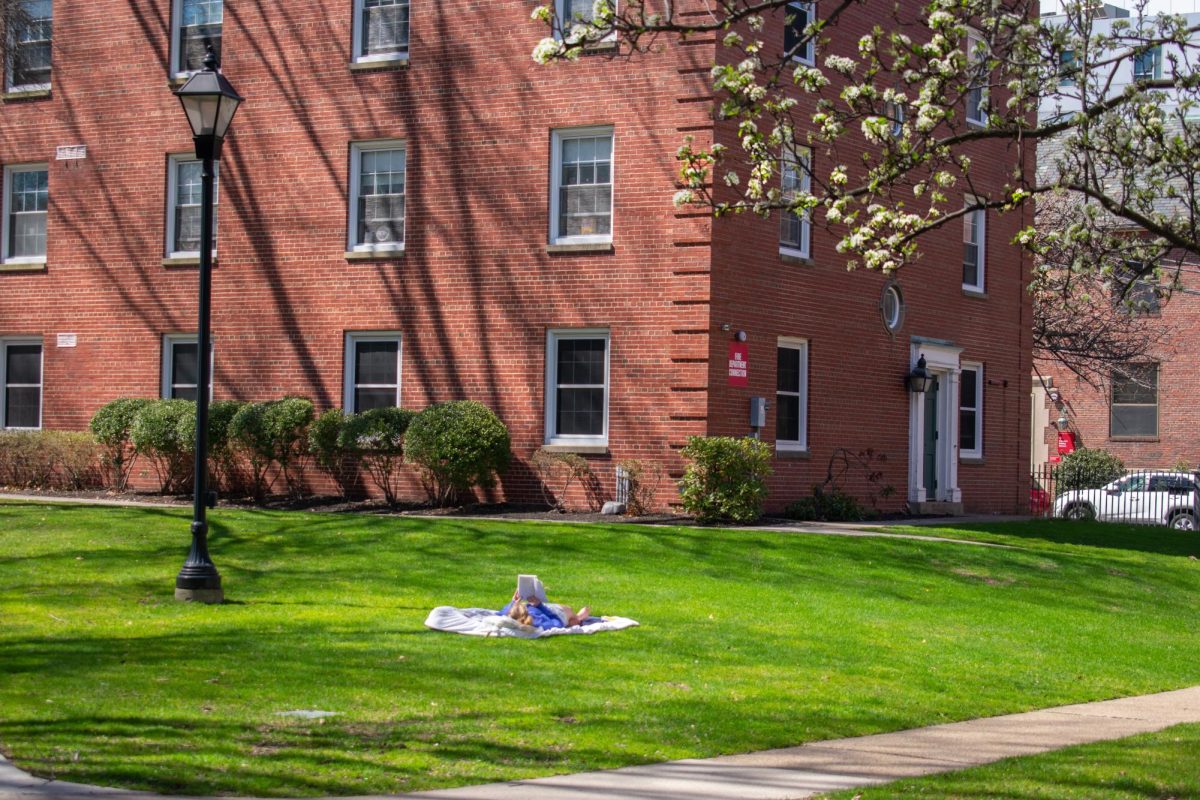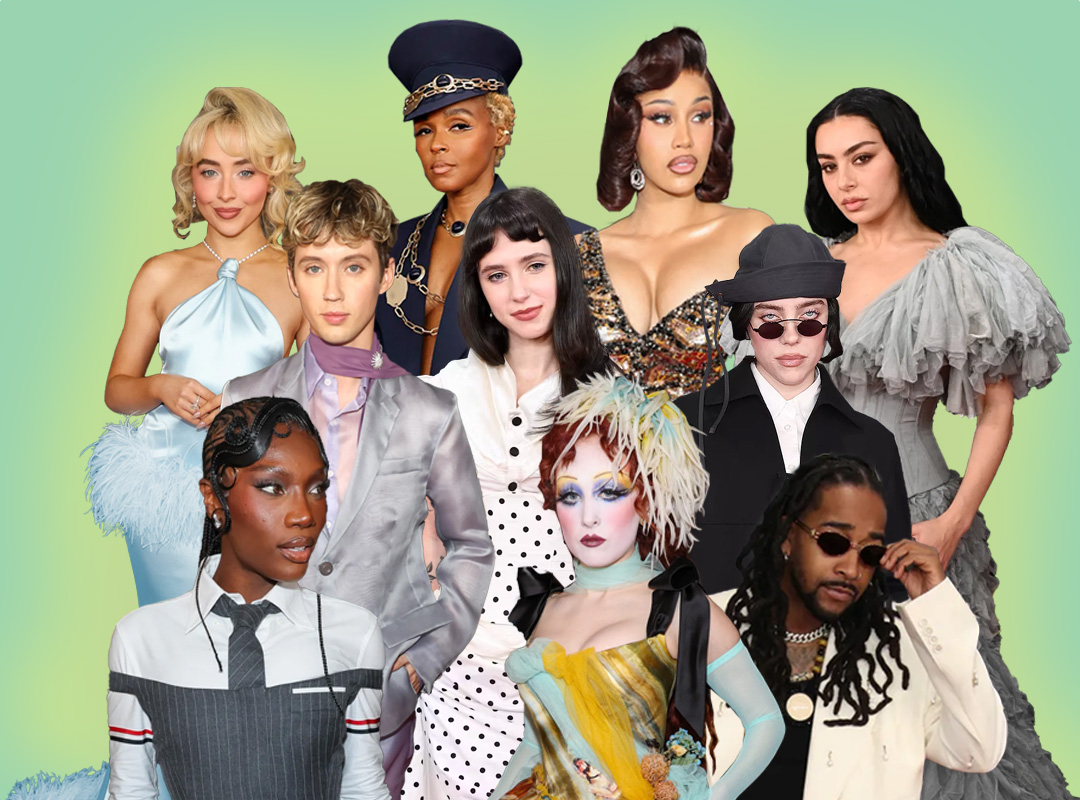Ring leader, conspirator, activist, strategist, visionary. Words matter. They not only convey our thinking, but they frame our thinking. Last week students of color took up one of those roles, depending on where you sit in the college, how they impacted you, your own social identities, and your own life experiences.
From my position as Chair of Leadership Development, and a white woman who grew up in the 1970s, just when Black women, excluded from white feminists’ fight for women’s rights, began forming their own black feminist groups (1), I see these students as taking up leadership. They assessed the current campus culture and have determined that Simmons can do better. These students did not wait for those with positional authority to act. Instead, they took up leadership, a responsibility that I believe every member of any organization has. They have formulated what a more inclusive, welcoming, supportive community could look like, and they have identified the changes needed to get to that vision.
In doing so, they are challenging Simmons’ status quo: a predominantly white faculty and staff; social norms (in and out of the classroom) that are incompatible with students with very difference social identities; and systems that are not equipped/resourced to support the needs of all of Simmons’ students.
Challenging the status quo is difficult. Hard for those who choose to lead, and for the rest of us who now must decide whether to follow (2). Hard for the students in the risks they took: the threat to friendships, grades, scholarships, relationships across the campus. Hard for some of us who may be comfortable to the way things are; hard because some of us have created or perpetuated, either consciously or unconsciously, the systems and practices now being challenged. These students are challenging us to ask ourselves: can we do better?
Through their Action on Tuesday, dressed in black, with arms linked, students modeled their values of connection and inclusion. They also provided us with powerful symbols of their solidarity and witness. Symbolism has always played a critical part of leadership (3), serving as strong visible markers that communicate values and build community around those values. Their Action of taking over of a public space strongly signaled that the disruption of the status quo is essential. Just as non-participants could not get past them to get their coffee, life at Simmons cannot continue as is.
Another important component of leadership is supporting others so they can do the hard work of change (4). In speaking to one of the leaders, it was astonishing (and inspiring) that she was very consciously doing exactly that: as an “elder”, she was deliberately “mentoring the next generation of leaders.” She named one way she was doing that: “I’m always explaining to our younger leaders ‘why we are doing this in this way’”. As Wangari Maathai, Nobel Peace Prize winner for her re-forestation work in Kenya, said, “I’m very conscious of the fact that you can’t do it alone. It’s teamwork. When you do it alone, you run the risk that when you are no longer there, nobody else will do it.” This student leader recognizes the importance of developing Simmons’ future leaders so that their work will continue after they graduate.
Finally, leaders must also emotionally sustain individuals and the group over time. This student leader was already thoughtfully addressing this: identifying opportunities for how different groups could support each other; talking to people who were losing energy and asking what could be done to keep them engaged; scheduling ongoing meetings to reflect and learn.
Clearly leadership is “in the eyes of the beholder,” developed over our life time of experiences, significantly impacted by our unique combination of social identities that differentially gave us opportunities to lead (or not); differentially gave us positive or negative feedback on our nascent leadership; and differentially built our definitions of what leadership is and who can lead (or not). What appears belligerent, misplaced, and/or inappropriate to some, will seem inspiring and “right” to others.
As you determine whether these students are indeed ring leaders or visionary leaders, I urge you to consider their actions and demands with these perspectives in mind:
- For any organization to grow, innovate, and remain meaningful, it must continuously challenge its current ways of doing things and ask, “Can we do better?” This is what these students are asking us to do now.
- They are asking us to think how we can better act on our values (“collective investment in community”), be consistent with our mission (“put the needs of our students first”); and succeed in delivering on Strategy 2015 (“student centered culture”).
- While many may see these students as fighting for social justice and equity, through my lens as an organization behavior scholar, I propose another perspective: “what’s good for students of color will be good for all members of the Simmons community”. This philosophy guides the work Simmons’ Center for Gender in Organization (CGO) does in moving organizations towards “gender equity” (5). CGO helps organizations identify practices/systems that are often regarded as gender-neutral yet may actually prevent some individuals from contributing, leading and being as engaged as they’d like. Changing those practices are beneficial to all individuals and the organization itself. I believe this is true for the work these students are doing at Simmons. Practices that many of us may regard as racially/ethnically neutral are indeed not neutral, and by changing them, all individuals at Simmons will more fully be able to contribute, engage, and lead.
These students of color have engaged in their own leadership development journey, through experimentation and reflection, as they take up the role of change agents by asking us to reflect on our community. I fully support their cause of seeking a more inclusive, supportive Simmons community. I fully support their efforts, and I urge us all to simultaneously think about how to advance Simmons’ community while supporting those who are challenging us to do so.
(1) Thistle commentary (2015), But Some of Us Are Brave: A History of Black Feminism in the United States Retrieved from: http://www.mit.edu/activities/thistle/v9/9.01/6blackf.html (Article in The Thistle, Volume 9, an MIT-based newspaper that deals with contemporary social and political issues from a progressive/radical perspective.); Butler, Anthea (2013), Women of Color and Feminism: A History Lesson and Way Forward, retrieved from: http://rhrealitycheck.org/article/2013/07/28/women-of-color-and-feminism-a-history-lesson-and-way-forward/
(2) Kouzes, J. & Posner, B. (2007) in their book The Leadership Challenge, define leadership as “the relationship between those who aspire to lead, and those who choose to follow.” (p. 24).
(3) Bolman, L. & Deal, T. (1997). Reframing Organizations: Artistry, Choice, and Leadership, San Francisco, CA: Jossey-Bass Publishers.
(4) Management students reading this letter will see that I’m using a lens of leadership developed by two organizational scholars, Kouzes and Posner, from their book, (2007), The Leadership Challenge. San Francisco, CA: John Wiley & Sons
(5) The first CGO Insight, published by the founders of CGO (Deborah Kolb, Joyce Fletcher, Deb Meyerson, Deborah Merrill-Sands and Robin Ely) in 1998, mapped out how CGO would approach its work in organizations regarding “gender equity” and Retrieved from: file:///C:/Users/Mary/Downloads/Insights_01%20(1).pdf




